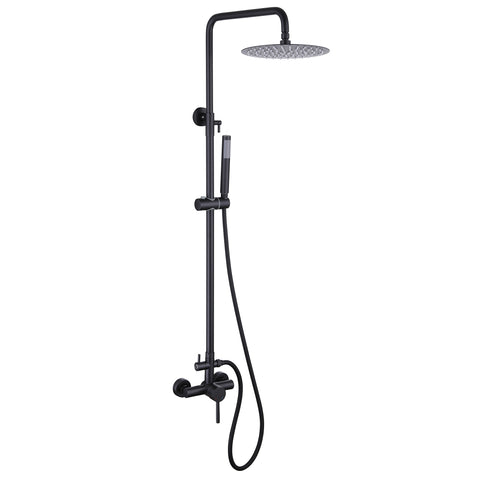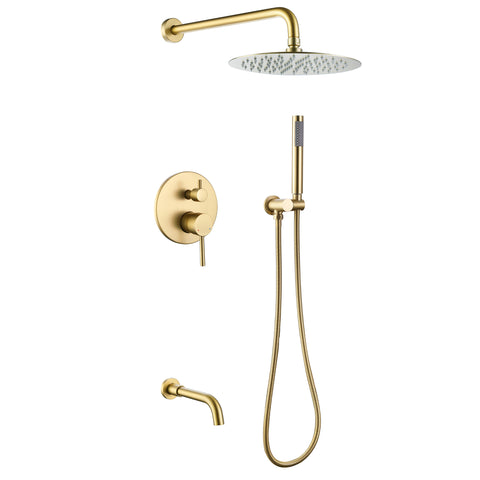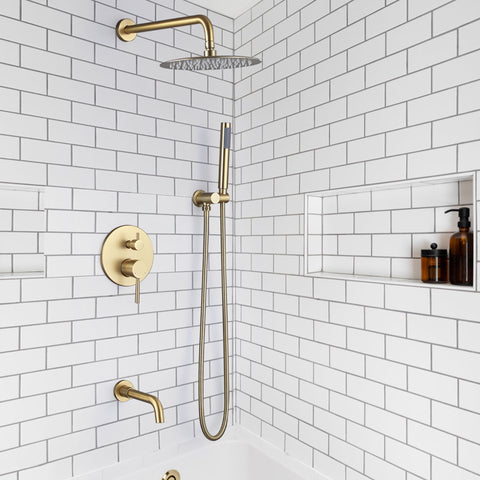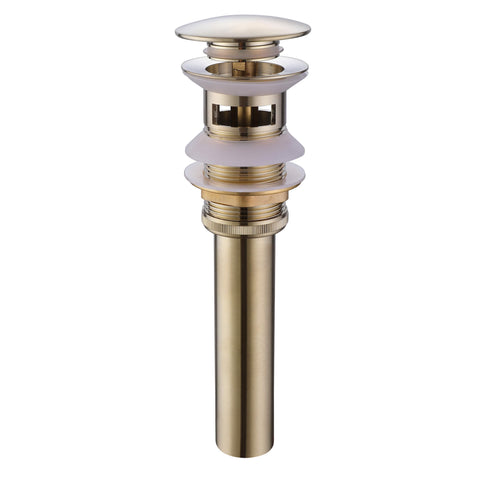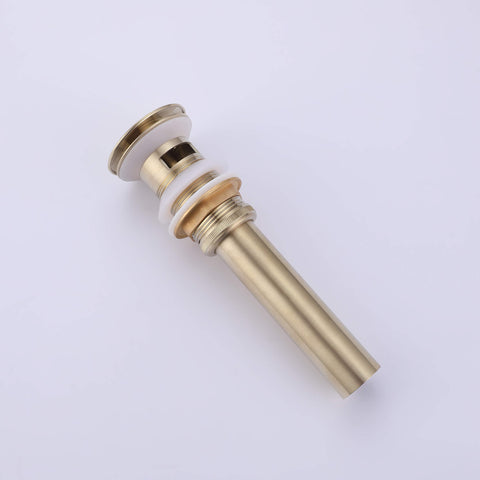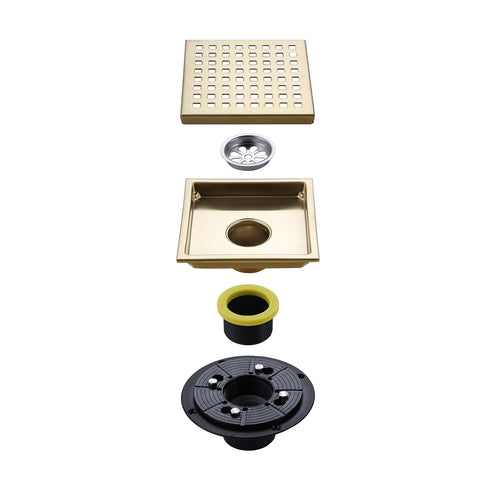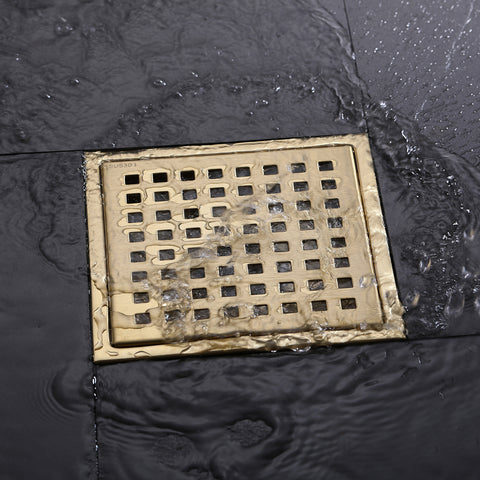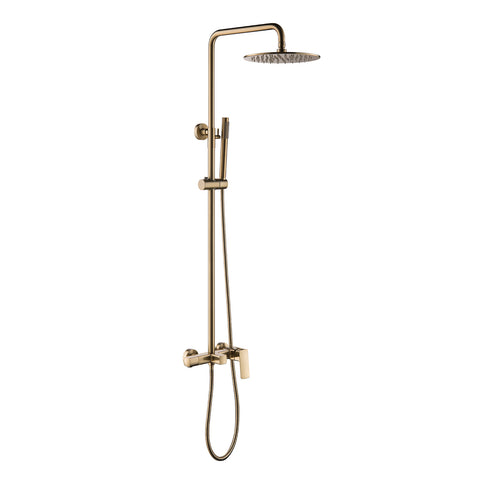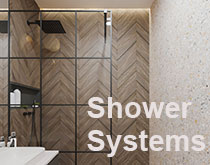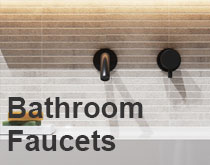Pros and Cons of Touchless Kitchen Faucets: Is It Right for Your Home?
The advancement of technology has led to the emergence of touchless kitchen faucets, transforming the way we interact with our kitchen fixtures. These innovative kitchen faucets offer the convenience of hands-free operation, promising increased hygiene and efficiency. However, like any new technology, touchless kitchen faucets come with their own set of advantages and drawbacks. In this blog, we will explore the pros and cons of touchless kitchen faucets, helping you make an informed decision about whether to embrace this modern convenience in your own kitchen.

Pros of Touchless Kitchen Faucets
Improved Hygiene: One of the major benefits of touchless kitchen faucets is the enhanced hygiene they offer. By eliminating the need for physical contact, these faucets minimize the spread of germs and bacteria. This is especially beneficial when handling raw meat or other ingredients that may carry harmful pathogens.
Water Conservation: Touchless faucets are equipped with sensors that control the flow of water, allowing it to turn on and off automatically. This feature prevents water wastage by ensuring that the faucet shuts off when not in use, making touchless faucets an eco-friendly choice.
Convenience and Ease of Use: With touchless kitchen faucets, turning the water on and off becomes effortless. Whether your hands are full, dirty, or occupied, simply waving a hand or an object under the sensor activates the faucet. This hands-free operation is particularly convenient when you're cooking and need to wash your hands or fill a pot.
Reduced Maintenance: Traditional faucets often accumulate mineral deposits and fingerprints, requiring regular cleaning. Touchless faucets, on the other hand, eliminate this hassle as they are less prone to dirt and grime buildup. Additionally, the absence of handles or knobs reduces the risk of wear and tear, potentially extending the lifespan of the faucet.
Cons of Touchless Kitchen Faucets
Higher Cost: Touchless kitchen faucets tend to be more expensive than traditional faucets due to their advanced technology. If you're on a tight budget, the initial investment required for a touchless faucet may be a deterrent.
Power Dependency: Touchless faucets rely on electricity to operate the sensors and valves. This means you need a power source nearby, either through batteries or a direct electrical connection. In case of power outages or battery failures, you may find yourself unable to use the faucet until the power is restored or batteries are replaced.
Learning Curve: Adjusting to touchless technology can take some time. Guests or family members who are unfamiliar with touchless faucets may struggle to activate them correctly, leading to confusion and frustration. Moreover, the sensitivity of the sensors might require occasional adjustments to ensure consistent performance.
Limited Control: Unlike traditional faucets, touchless faucets offer limited control over water temperature and flow. Some touchless models have pre-set temperature options, while others require manual adjustment through separate handles. If you prefer fine-tuning your water temperature or flow rate, a touchless faucet might not meet your preferences.
Touchless kitchen faucets bring numerous advantages to modern kitchens, offering improved hygiene, water conservation, and convenience. However, the higher cost, power dependency, learning curve, and limited control are factors that should be considered before making the switch. As with any technological innovation, personal preferences and individual needs play a significant role in determining whether touchless kitchen faucets are the right choice for you. By weighing the pros and cons, you can make an informed decision that aligns with your lifestyle and enhances your kit
